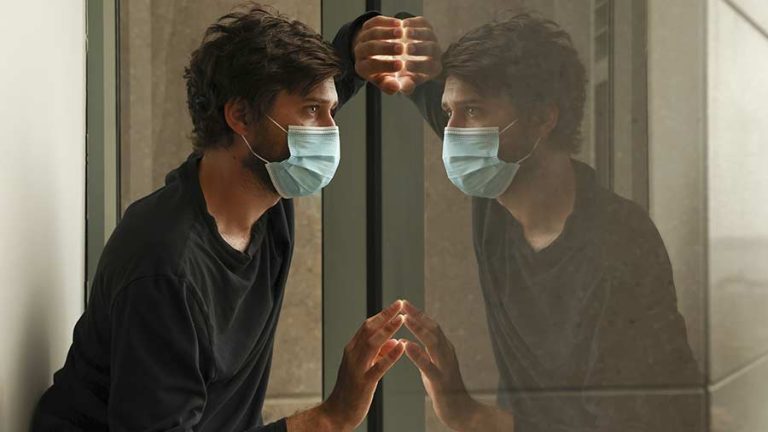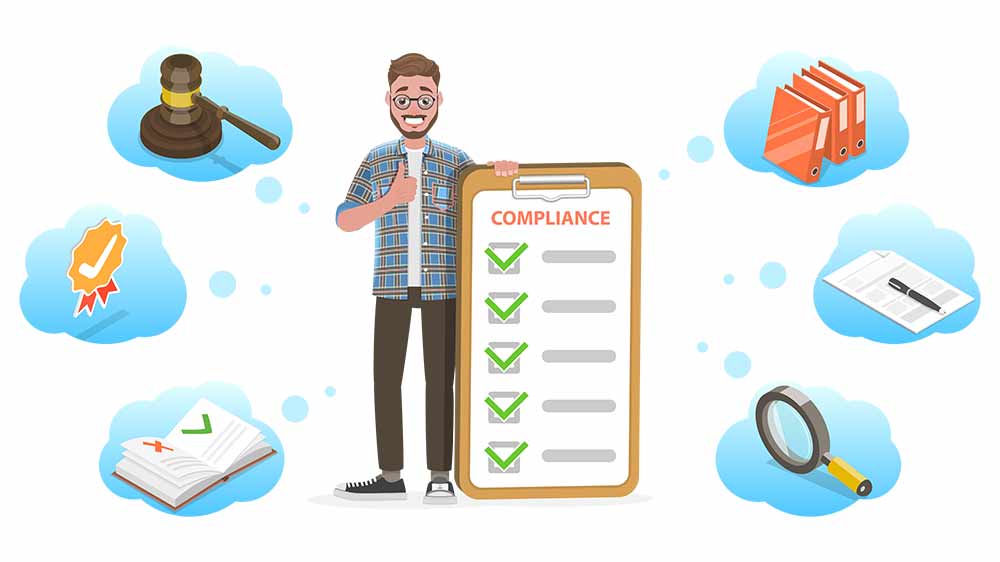Australian Standard AS/NZS 3666.2:2011 outlines when and what HVAC cleaning tasks should be performed in order to assist building managers control microorganisms within their buildings.
These standards have not changed for over 10 years, reflecting the overall environment which has largely been stable and risk-free. However, the recent COVID-19 pandemic has forced most building managers to review their HVAC & duct cleaning plans.
In particular, the risks associated with quarantine hotels have resulted in experts asking questions relating to building ventilation, airflow, and HVAC cleaning that have previously been given only cursory attention by the wider community.
As Melbourne’s leading HVAC & duct cleaners, we’re in the perfect position to pass on what we’ve learned while work at the coal face of this dynamic environment.
Here are our Top 2 things all building managers should be aware of in this brave new world:
Teaching 1: Know Your Inter-Room & Corridor Airflows. Then Monitor Them Regularly.
The May 2021 South Australian quarantine hotel leak is believed to have occurred when a COVID-19 positive guest opened & closed their door and 15 seconds later a neighbor opened their door.
Room air pressure differences will result in airflow from one room to another, or indeed into or out of a building corridor. If a room has relative negative pressure then air will flow into the room rather than out of the room.
An airborne virus like COVID-19 will be carried from room to room with the airflow.
If more air is removed through the exhaust than what is supplied through the supply, the room will have negative air pressure. Your building airflow would have been designed to flow in a particular way.
For example, if you have a common area like a shared kitchen it’s likely this room is designed to be at negative pressure.
“If your building has a common area like a shared kitchen it’s likely this room is designed to be at negative pressure”
DARREN BRODERICK, CLEAN AIR FILTRATION SERVICES CEO, 2021
However, room pressure can change depending on a number of factors – if a window is left open or is leaking for example.
It’s often important that room to room airflow remains as per the original design of the building.
Therefore, we recommend that you establish a baseline airflow map of your building and then conduct periodic ventilation audits to ensure these airflows are maintained.
Teaching 2: Clean HVAC Ducts & Ensure Negative Pressure Is Maintained
One critical factor that can influence negative room pressure is the amount of air that is removed through the exhaust duct of the room.
Building & Facility Managers need to be aware that airflow from the corridor to the room can be periodically reversed if the supply or exhaust air ducts are not clean.
“Building & Facility Managers need to be aware that airflow can be periodically reversed if the supply or exhaust air ducts are not clean.”
DARREN BRODERICK, CLEAN AIR FILTRATION SERVICES CEO, 2021
This issue can be best visualised by studying the video below which was recently taken by a Clean Air Filtration technician:
The implications of this on building management is significant.
It is now critically important to ensure you are compliant with Australian Standard AS/NZS 3666.2 which outlines your responsibilities relating to duct cleaning.




